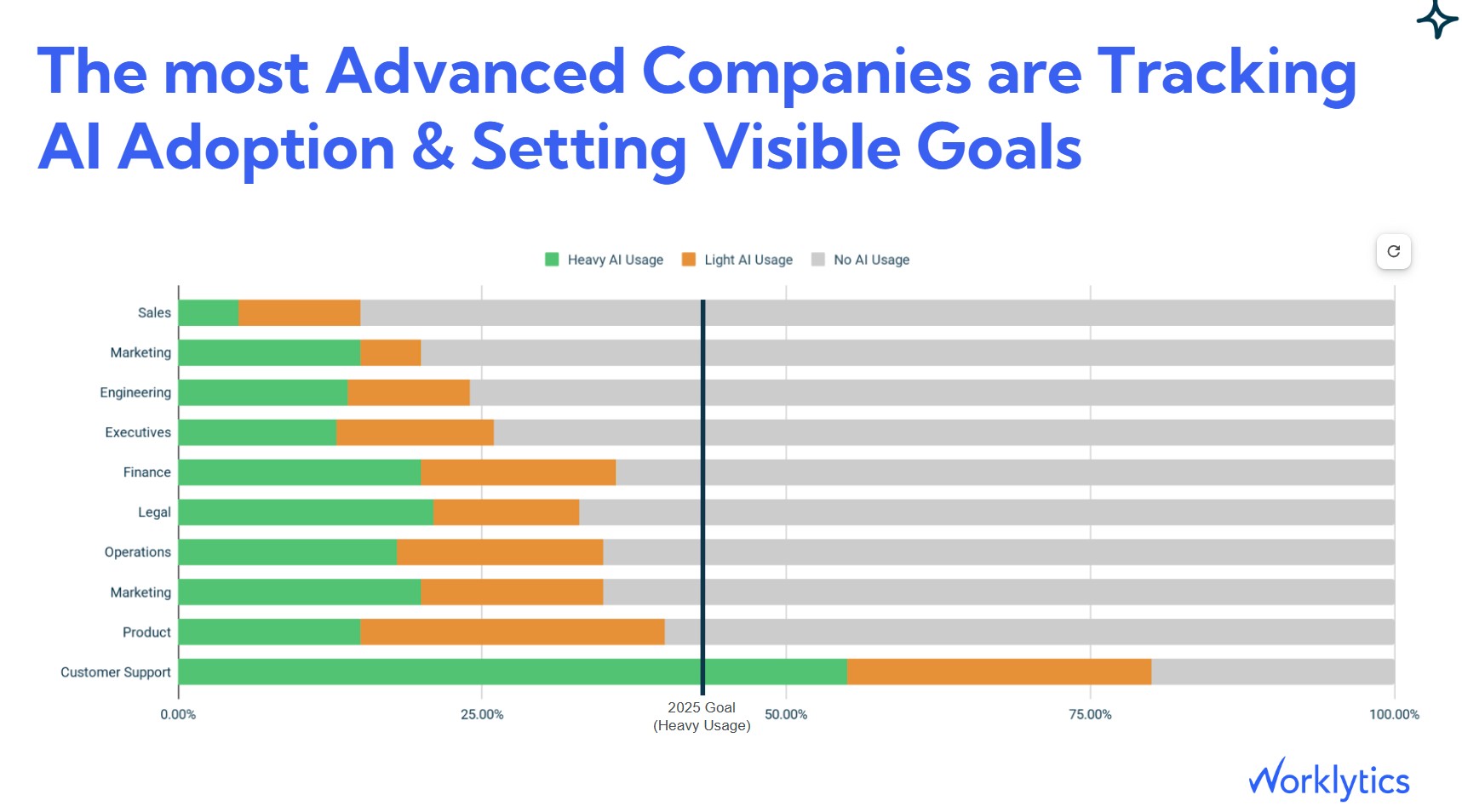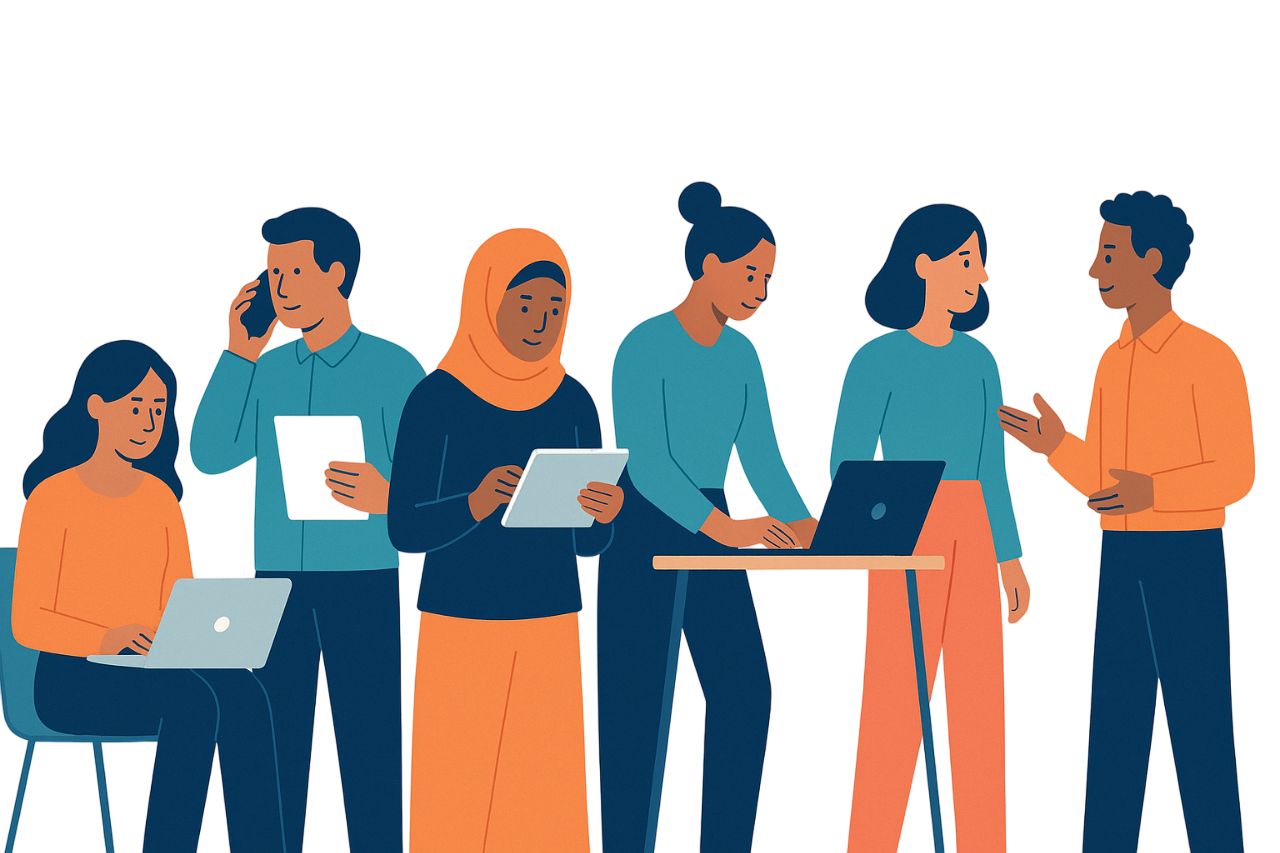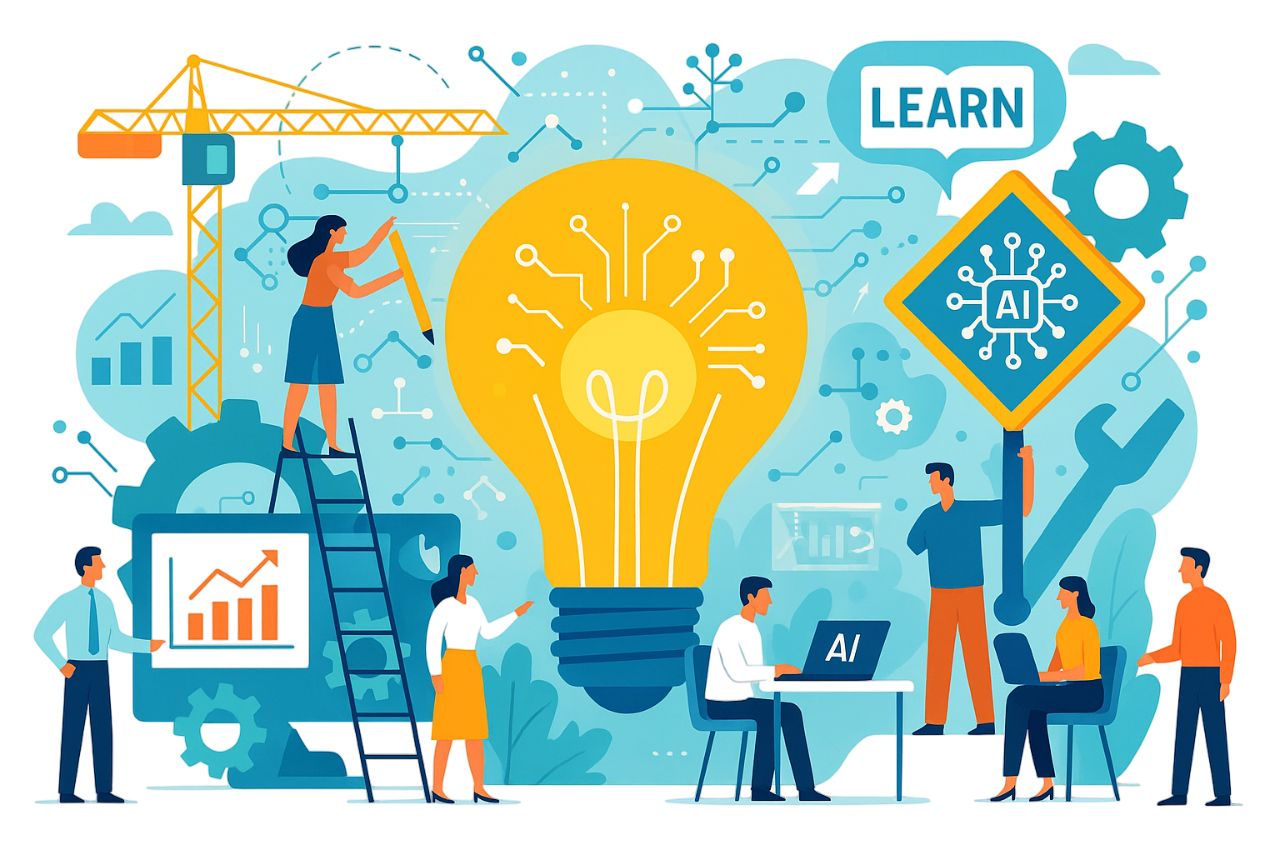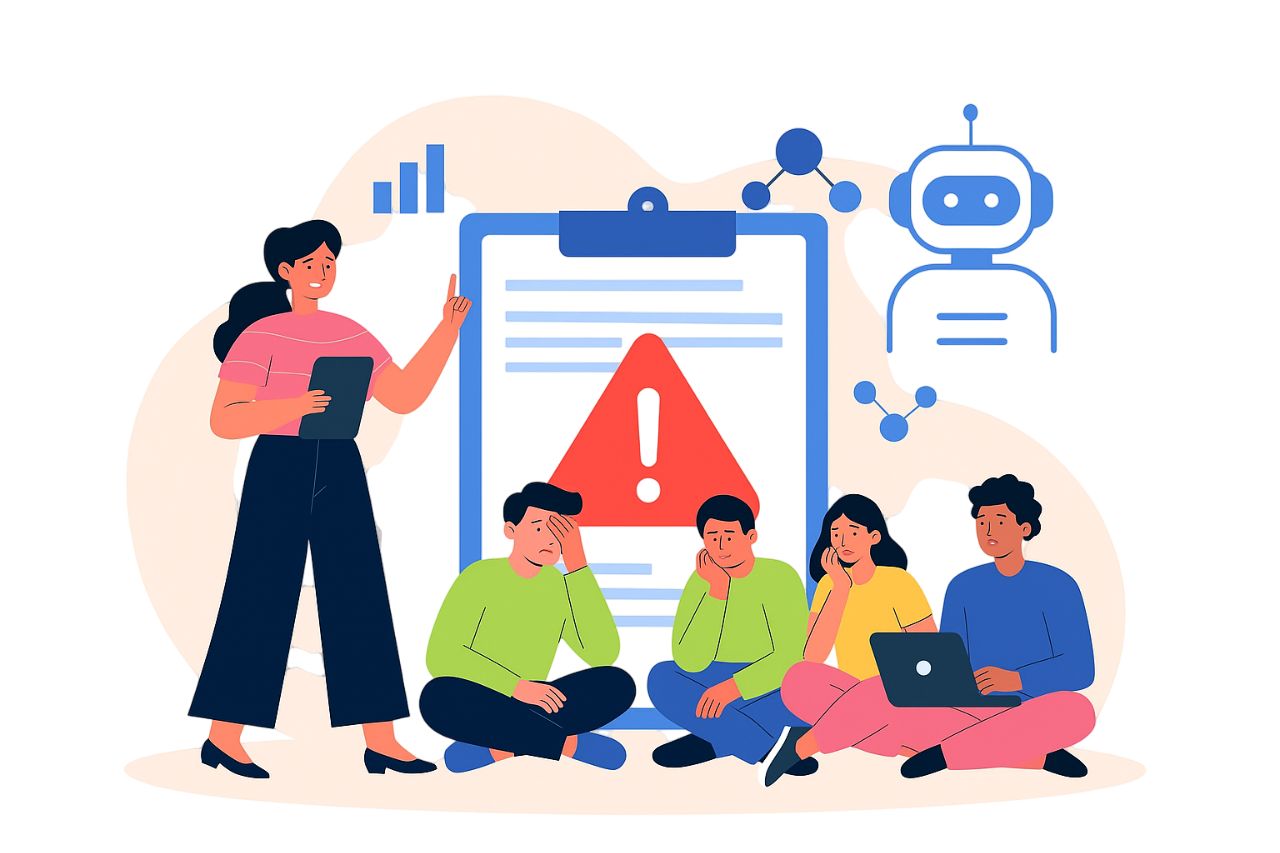
Writing an AI Policy that Actually Works
A great AI policy doesn’t just prevent mistakes – it unlocks safe, confident experimentation. Here's a playbook for how to craft an AI policy that will help your employees harness AI to be faster, more creative, and more effective, all while protecting your company’s data and reputation.

Are AI tools reducing burnout?
AI tools are reshaping how we work, but are they easing burnout or adding pressure? Explore the truth and learn how to harness AI for well-being.

Combat Zoom Call Fatigue
Endless video calls are hurting productivity and morale. Discover how to combat Zoom fatigue with smarter meeting habits and healthier digital collaboration.









